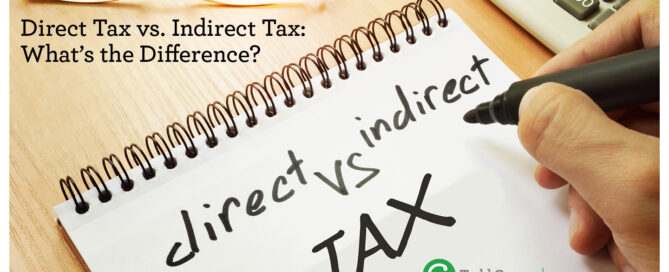Tax Benefits that Small Business Owners Need to Know
Are you a small business owner looking to maximize your benefits and save on costs? There are two tax benefits that small business owners need to know about with recent law changes that could help them reach both goals.
Two must-know tax benefits for small businesses
Let’s look at two credits that can help business owners save money and provide valuable employee benefits: the retirement plan start-up cost credit and the small employer health insurance credit.
Retirement Plan Start-up Cost Credit
As we start to review tax benefits that small business owners need to know, we should mention the law change in 2022 that enhanced the tax credit known as Secure 2.0. One of the most notable changes the Secure 2.0 Act brought about is the significant increase in the retirement plan start-up cost credit.
More specifically, it increases the credit to 100% of qualified start-up costs for employers with up to 50 employees. Employers with 51-100 employees are still eligible for a credit of 50% of qualified start-up costs.
According to the IRS, eligible employers could claim a tax credit of up to $5,000 for three years. Credits can apply to the costs of starting a SEP, a simple IRA or a qualified plan such as a 401(K).
Small Business Health Care Tax Credit
Another one of the tax benefits that small business owners need to know about is the small business health care tax credit. This credit helps small businesses afford the cost of providing health insurance to their employees.
This tax credit can benefit small businesses with less than 25 full-time employees who, on average, pay less than $61,400 per employee in 2023.
In general, the maximum credit is 50% of premiums paid for small business employers and 35% of premiums paid for small tax-exempt employers. What’s more, the credit is available to eligible employers for two consecutive taxable years.
Find out more information about qualified health plans offered through the SHOP Marketplace at Healthcare.gov.
Summary
Are you wondering if your small business is missing these tax credits or others? Are you ready to learn more about the requirements for each tax credit? That’s what we are here for! Contact us to schedule your free consultation to learn how we can help your small business with taxes and more. Keep reading our blogs for additional tax tips and other industry news.











